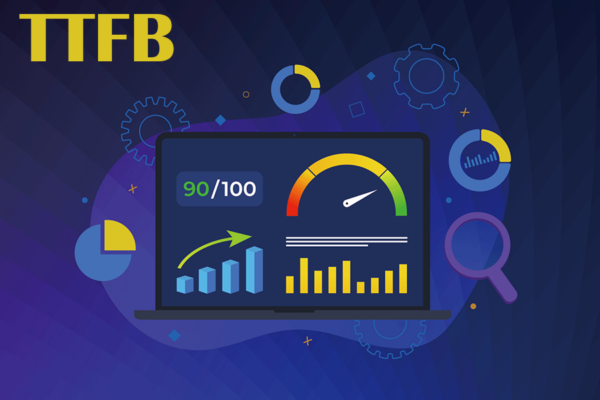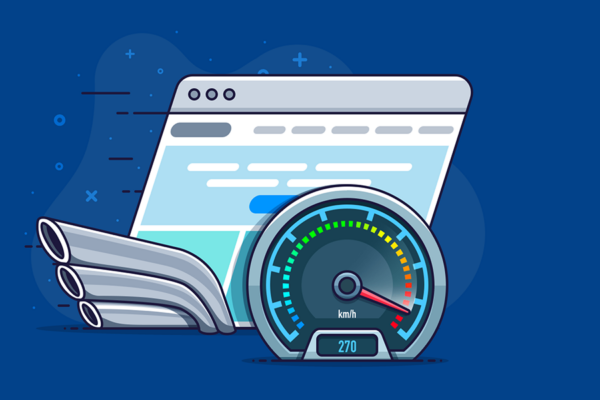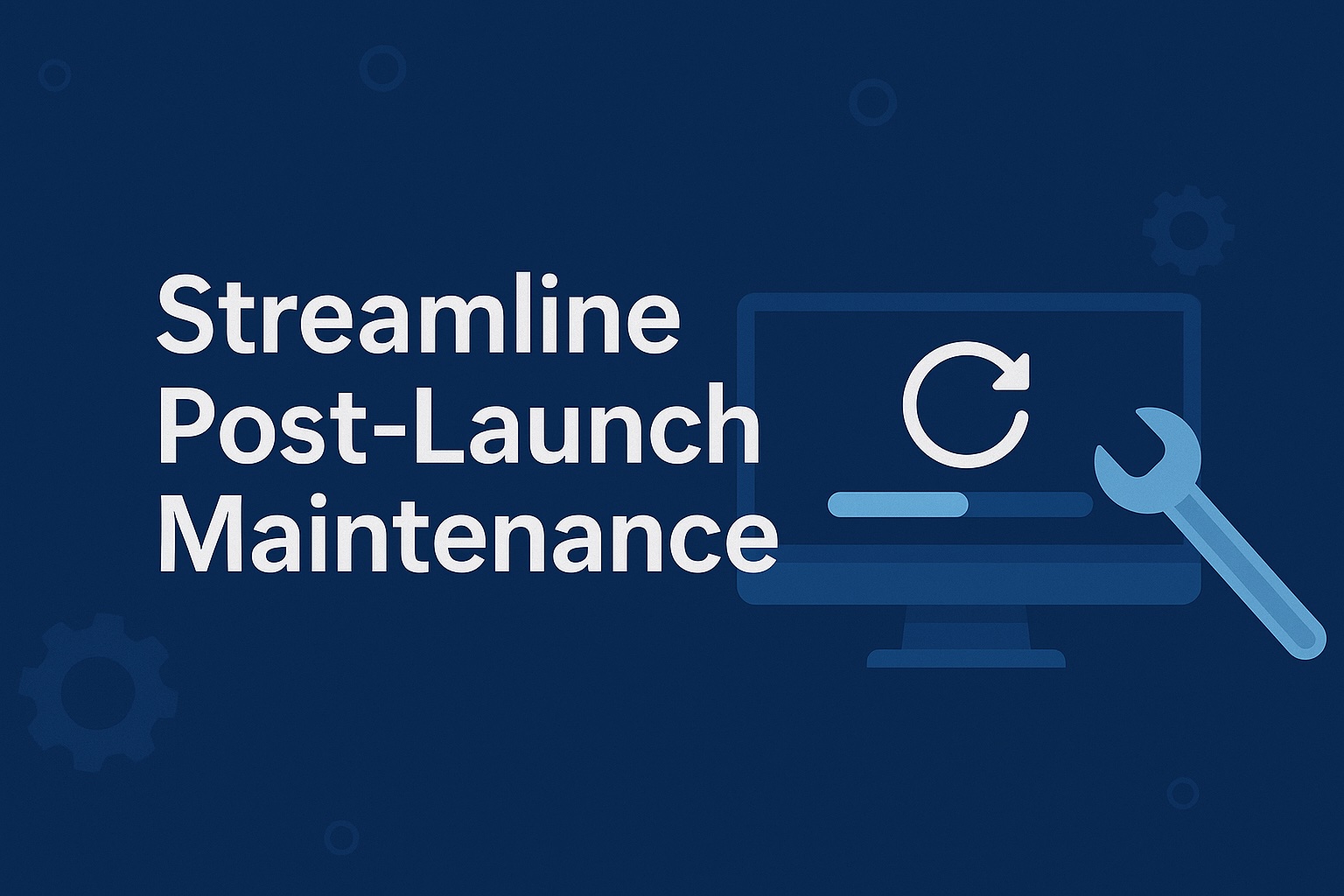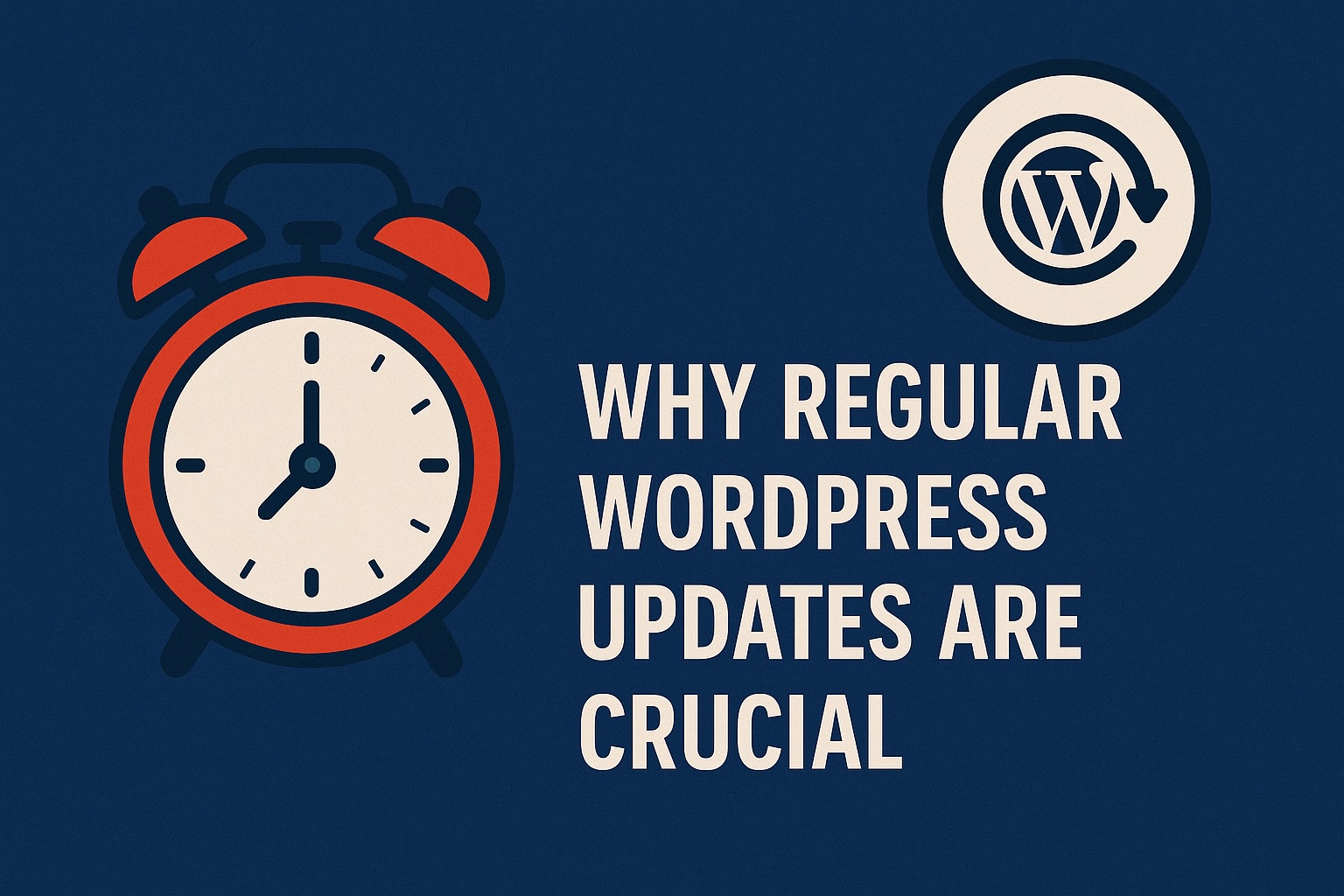
If you run a WordPress website or blog, you know what it’s like to deal with slow server response times. It’s one of the most common issues for WordPress sites and can lead to many problems, such as visitors leaving before they even see any content. Fortunately, there are ways you can reduce your initial server response time and improve overall website performance. Here’s what you need to know on how to reduce server response times (TTFB) for better performance and optimized WordPress page speed.
What Is TTFB?
TTFB, or time to first byte, is the actual response time between your browser sending a request and receiving a response from the server. TTFB is different from page speed, and it’s not part of your website’s Core Web Vitals score. However, it still plays a role in overall site speed and page performance.
A slow TTFB can increase your bounce rate and reduce user engagement. That’s why you should optimize TTFB in order to reduce loading times and improve your server response time.
The following are some common causes of high TTFB:
- Unoptimized caching plugin
- Slow database queries (e.g., by poorly written plugins or poorly coded themes)
- Network speed and network latency
- High web traffic
- Incorrectly configured server or web hosting provider
- Insufficient memory and processing power on the server or inadequate network bandwidth between your site and end users
- Too many plugins running scripts in the background
- Insufficient disk space for caching databases and storing uploaded files (such as images)
- Too many HTTP requests
How to Measure TTFB
The developer tools in Google Chrome provide helpful information about how long each page takes to load and make it possible to perform a speed test. You can access this free online tool by going to the “View” menu and selecting “Developer” or by pressing Ctrl+Shift+I on Windows or Cmd+Opt+I on a Mac. This will open up a window with several tabs that give you access to various data about your site, including network requests, CSS and JavaScript files loaded on each page and memory usage.
To see how long a particular page is taking to load, click on its title in this list and then select “Timeline.” This will give you an overview of all the resources used during loading — and indicate where potential bottlenecks might occur because they’re taking longer than expected (or resources could be shared).

How You Can Reduce Server Response Times (TTFB)
Use a CDN
You can reduce your website’s initial server response time by using a content delivery network (CDN). A CDN is a server network that caches static web content, like images or CSS files, on your site. When a user requests one of these files, the CDN will serve it from the location nearest to the user rather than your server. This means it will reduce your load time because there’s less data transfer between you and the user.
This is especially important if you have lots of visitors who view the same image or CSS file over and over again — the faster those files are served up in their local cache, the better the overall experience for everyone involved.
Add Caching
If you cache pages, you can reduce your server response time by creating a temporary store of data that can be reused. Caching is useful for static content like images and HTML pages but can also be used to speed up dynamic content. Many types of caching plugins are available to help improve your site’s responsiveness. Some examples include:
- WP Rocket
- W3 Total Cache
- Fast Velocity Minify
Upgrade to PHP 7+
The latest version of PHP (PHP 7+) is faster than its predecessor in many ways. It uses new compiler technology called Zend OPcache, which makes it much faster at compiling code into machine instructions (called OPcode). It also has built-in memory management for storing variables in RAM rather than on disk. This can provide significant speed improvements for certain types of applications like WordPress, where you’re constantly pulling large amounts of data from MySQL databases into server memory before processing or serving requests from a browser request.
Optimize Images and Videos
Whenever your WordPress site loads, it can take a long time to load all the images and videos on the page. One of the fastest ways to enhance your site’s performance is by optimizing images and videos so they don’t take as long to load on the user’s browser.
A popular tool for optimizing image files is ImageOptim. It will compress any PNGs, JPGs and GIFs that have been uploaded into your media library on WordPress. You can also optimize video files using a tool like Handbrake.
Another thing you can do is use a dynamic image replacement plugin such as Shortpixel instead of having all those large images open in their window when someone visits your page for the first time (which will cause more delay).
Minify CSS and JavaScript Files
Minifying your CSS and JavaScript files is an easy way to increase speed. For example, when using a WordPress theme, you can use a minifying tool like WP Minify or Autoptimize to compress files as they’re generated automatically. You can even use the Google Closure Compiler in conjunction with HTML5 Boilerplate and Autoprefixer to combine these tools into one easy-to-use package.
If you’re developing your theme or plugin and need to minify CSS or JavaScript files manually, there are several options available:
- Use a minification plugin such as W3 Total Cache or Autoptimize.
- Use an online service like Minify for WordPress.
- Use a library like Yahoo’s YUI Compressor.

Our Take on Load Time Optimization
The loading time of your WordPress site can be optimized with any of the tips above. If you’re looking for more help improving your server response time, we can help.
Are you interested in learning more about our WordPress services? Contact the WP SitePlan team for WordPress website management services at 866-956-2330, or fill out our contact form. Our WordPress experts can help you reduce load times, improve website speed and optimize your Core Web Vitals metrics. Stop struggling with slow server response time and get started today!

